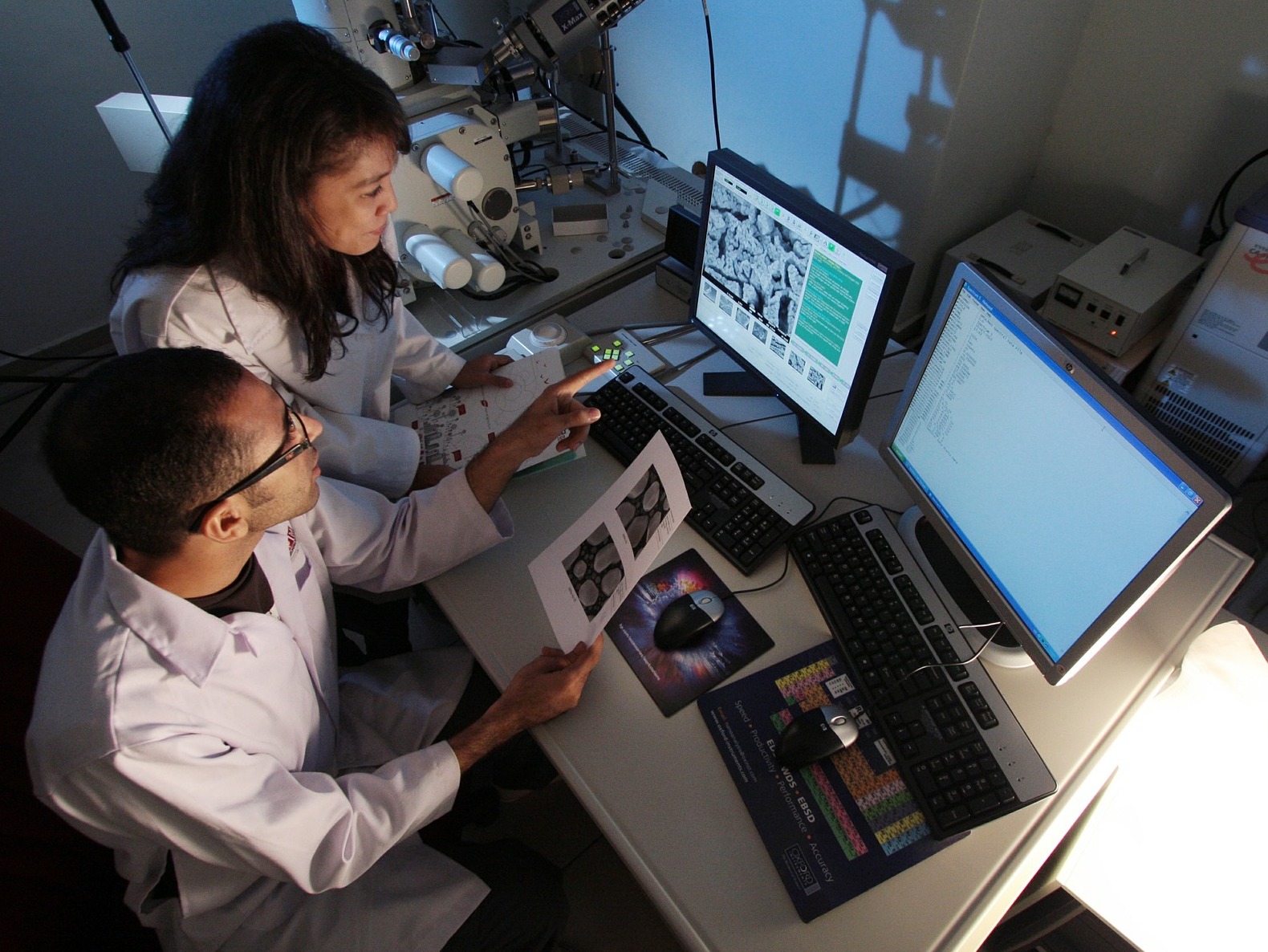Biomedical studies are including more female subjects (finally)
By Bethany Brookshire,
Science News
| 06. 09. 2020
In 2019, 49 percent of biomedical research articles had both male and female subjects, almost double the percentage a decade years ago.
Biomedical science has historically been a male-dominated world — not just for the scientists, but also for their research subjects. Even most lab mice were male (SN: 6/18/19). But now, a new study shows that researchers are starting to include more females — from mice to humans — in their work.
In 2019, 49 percent of articles surveyed in biomedical science used both male and female subjects, almost twice as many as a decade before, according to findings published June 9 in eLife.
A study of articles published in 2009 across 10 biomedical disciplines showed a dismal picture. Only 28 percent of 841 research studies included both males and female subjects. The results were published in 2011 in Neuroscience and Biobehavioral Reviews.
The scientific world took note. In 2016, the U.S. National Institutes of Health instituted the Sex as a Biological Variable policy in an effort to correct the imbalance. Scientists had to use both males and females in NIH-funded research unless they could present a “strong justification” otherwise.
Annaliese Beery, a neuroscientist at Smith...
Related Articles
By Jonathan Matthews, GMWatch | 12.11.2025
In our first article in this series, we investigated the dark PR tactics that have accompanied Colossal Bioscience’s de-extinction disinformation campaign, in which transgenic cloned grey wolves have been showcased to the world as resurrected dire wolves – a...
By Jenny Lange, BioNews | 12.01.2025
A UK toddler with a rare genetic condition was the first person to receive a new gene therapy that appears to halt disease progression.
Oliver, now three years old, has Hunter syndrome, an inherited genetic disorder that leads to physical...
By Simar Bajaj, The New York Times | 11.27.2025
A common cold was enough to kill Cora Oakley.
Born in Morristown, N.J., with virtually no immune system, Cora was diagnosed with severe combined immunodeficiency, a rare genetic condition that leaves the body without key white blood cells.
It’s better...
By Rachel Hall, The Guardian | 11.30.2025
Couples are needlessly going through IVF because male infertility is under-researched, with the NHS too often failing to diagnose treatable causes, leading experts have said.
Poor understanding among GPs and a lack of specialists and NHS testing means male infertility...




